1. Lawn Darts (a.k.a. Jarts)
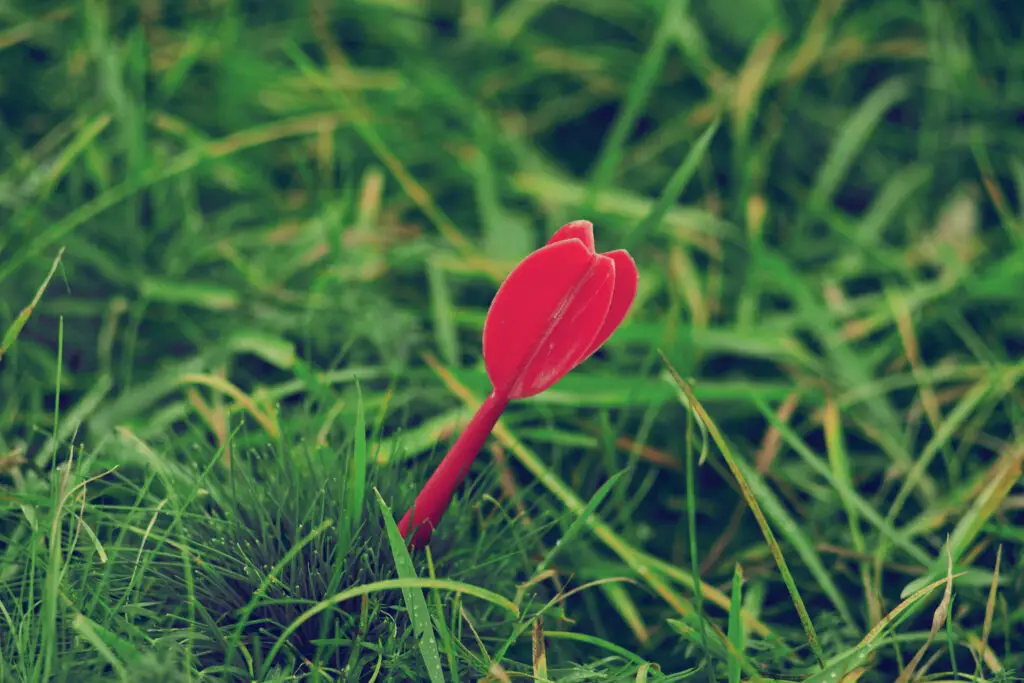
If you grew up in the ’60s, chances are you remember the thrill of tossing lawn darts into the backyard target. These metal-tipped projectiles were sold as the perfect outdoor family game, and some even had packaging that showed kids playing happily with them, as if they weren’t essentially mini spears. The goal was simple—toss the dart into a ring on the ground—but there was nothing simple about the injuries that followed. Despite mounting reports of accidents, companies insisted they were perfectly safe when used “as directed.”
Unfortunately, kids don’t always follow instructions to the letter, and hospital visits quickly piled up. Parents lobbied for bans, but manufacturers held out for years. It wasn’t until the late ’80s that lawn darts were finally banned in the U.S. altogether. By then, a lot of folks had learned the hard way that not every “family game” is kid-friendly.
2. Asbestos Play Kits
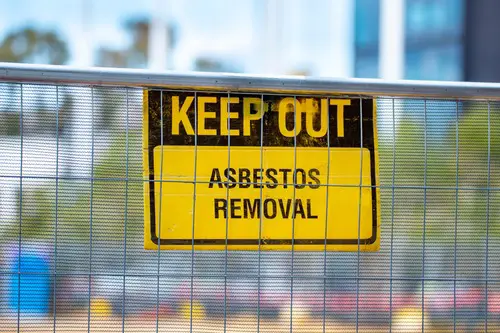
Back then, asbestos wasn’t just in insulation—it was in everything from ironing board covers to toy science kits. Some chemistry sets proudly advertised that they included real asbestos for heat experiments, and that was considered a perk. Parents were encouraged to let their kids explore “real science” at home, with zero warnings about the fibers they were releasing into the air.
Of course, we now know how dangerous even limited exposure can be. Asbestos has been linked to serious illnesses like mesothelioma and lung cancer, often decades after exposure. But in the ’60s, it was marketed as a harmless, even necessary, educational tool. It’s hard to imagine now, but at the time, there wasn’t even a raised eyebrow.
3. Candy Cigarettes

They might have tasted like chalky sugar or peppermint, but candy cigarettes were a hit with kids. The packaging often mimicked real cigarette brands, and some even had powdered sugar inside to blow out a puff of fake smoke. Adults brushed it off as harmless fun, but looking back, it’s a little wild how many children were encouraged to mimic smoking habits before they could even read.
This wasn’t just a minor oversight. Studies later showed that kids who played with candy cigarettes were more likely to pick up the real thing as teens. But in the ’60s, smoking was everywhere, and the idea that it could be dangerous for kids to pretend didn’t register. It took decades before public outcry finally pushed many stores to pull them from the shelves.
4. Mercury-Laced Toys and Science Kits
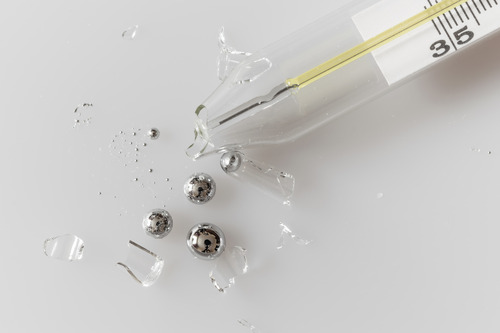
Before mercury was labeled a neurotoxin, it was treated like a cool, futuristic material. Some ’60s science kits came with actual vials of mercury, and kids were encouraged to pour it into their hands, marveling at how it rolled around like magic. No gloves. No ventilation. Just pure, shiny danger.
Parents trusted that if it came in a toy, it had to be safe. After all, companies assured them it was educational and “non-toxic in small amounts.” But now we know even trace exposure to mercury can have lifelong neurological effects, especially in children. It’s hard to believe, but this liquid metal was once just another “fun experiment” for a rainy afternoon.
5. Atomic Energy Lab

The Gilbert U-238 Atomic Energy Lab sounds like something out of a Cold War thriller, but it was sold to actual kids in the ’60s. Complete with uranium ore samples and a Geiger counter, it was marketed as a cutting-edge educational tool to inspire future scientists. The kit even came with a comic book explaining how to split atoms.
Yes, it included real radioactive material. The creators claimed it was perfectly safe—after all, the radiation levels were “minimal,” and kids were advised not to open the sample jars. But we now understand the risks of even low-level exposure, especially over time. It didn’t take long for this kit to disappear from the market, but not before plenty of curious kids had it in their bedrooms.
6. Lead-Based Paint and Cribs
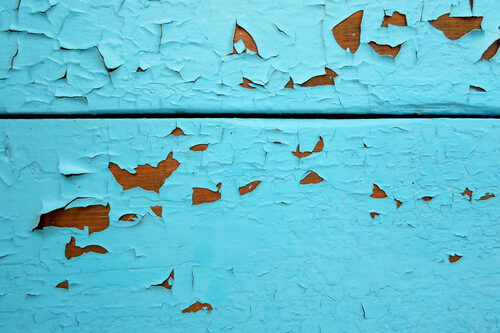
In the ’60s, no one thought twice about painting a nursery with bright, cheerful colors that happened to be loaded with lead. Cribs, toys, and even high chairs often had lead-based coatings, and the danger wasn’t just overlooked—it was completely unknown to most families. Manufacturers praised the paint’s durability, and many labeled it as “safe for children’s furniture.”
It wasn’t until lead poisoning cases began cropping up—often marked by learning delays and health issues in young children—that people began to ask questions. The lead dust created as paint chipped and wore down was inhaled or ingested by curious toddlers. By the time the risks were taken seriously, millions of homes were already coated in the stuff. Today, we take it for granted that safety labels matter, but that wasn’t always the case.
7. Mothballs Used as Air Fresheners
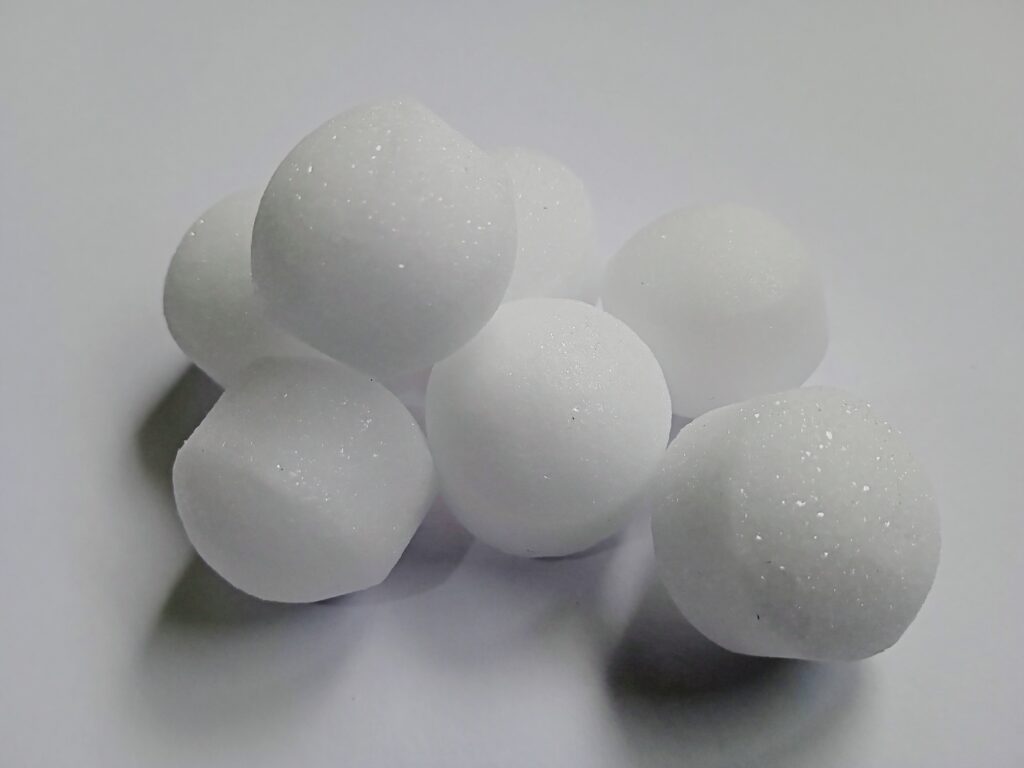
Back in the day, mothballs weren’t just for closets. Some households dropped them into drawers, shoes, and even baby cribs to keep things “fresh.” The strong scent was thought to kill germs and bugs alike, and because they were so common, people assumed they were harmless. But mothballs contain naphthalene, a chemical that’s anything but kid-safe.
Exposure to the fumes, especially in closed spaces, can damage red blood cells and even cause neurological issues in children. Inhaling it over time is particularly risky for babies and toddlers. But in the ’60s, it was just another household staple, tossed around without a second thought. It took years of research and warnings before people finally stopped treating them like glorified air fresheners.
